Everything you need to know on how to get enough iron on a vegan diet. Here you’ll find vegan food sources of iron, notes on increasing absorption, how much iron you need and when supplements are recommended.

Vegan and vegetarian diets tend to be similar or higher in iron than non-vegetarian diets. However, the type of iron found in plant-based diets (non-heme iron) isn’t as well absorbed as heme iron (the main type of iron found in animal products).
Are You at Risk of Iron Deficiency?
It is possible to get enough iron on a vegan diet, however, some people are more at risk of iron deficiency or anemia. For example, adolescents, endurance athletes and those who are pregnant are at greater risk for iron deficiency. People who menstruate are also at a greater risk due to blood loss each month. This is especially true for those with heavy periods.
If you suspect an iron deficiency, talk to your doctor as you may need to take a supplement.
How Much Iron Do You Need?
In Canada, the RDA (Recommended Dietary Allowances) for women between the ages of 18-50 years old is 18mg/day. For men who are 18 years and older AND post-menopausal women over the age of 51, the RDA is 8mg/day.
That being said, non-heme iron (from plants) isn’t as easily absorbed as heme iron. That means that vegans and vegetarians need almost twice (1.8x) as much iron to compensate for the difference in absorption.
Should You Take an Iron Supplement?
Your doctor might recommend an iron supplement if your blood work shows signs of iron deficiency or iron deficiency anemia. For those who aren’t anemic, but are at risk of an iron deficiency, a supplement that provides the RDA for iron is appropriate. That being said, it’s always best to talk to your doctor and/or dietitian before starting an iron supplement.
If you have iron deficiency anemia, then a therapeutic dose of iron should be taken, as recommended by your doctor. Nutrition counselling can also help increase iron intake through food.
Vegan Iron Food Sources
Here are some vegan iron food sources:
Proteins
- Pulses, such as black beans, chickpeas, kidney beans and lentils
- Tofu, tempeh, fortified soy beverages and soybeans
- Nuts and nut butters (cashews, almonds, pecans, etc.)
- Pumpkin seeds
Grains
- Cream of wheat
- Oatmeal and oat bran
- Dry cereals (most are fortified in Canada)
Note that in Canada, grain products, such as flour, dry cereals and pasta are fortified with iron. This added iron is also a non-heme iron and isn’t as well absorbed.
Vegetables
- Spinach
- Tomato puree or tomato sauce
- Lima beans
- Asparagus
- Potatoes with skin
- Snow peas
- Turnip
- Beets
- Kale
Fruits
- Prune juice
- Apricots
How To Increase Iron Absorption
Consume ascorbic acid with iron-rich foods: Non heme iron (the iron in plants) is better absorbed when eaten with foods rich in vitamin C. Try eating citrus, tomatoes, peppers, mangoes, strawberries, broccoli and/or some leafy greens with iron-rich foods. A small glass of orange juice can do the trick.
There are some foods that can decrease iron absorption:
- Calcium: Found in fortified plant-based milks, tofu prepared with calcium sulfate, almonds and tahini. Try to avoid having calcium-rich foods or supplements with iron-rich meals or when taking an iron supplement.
- Phytates: Found in a wide variety of plant foods, including nuts, beans, lentils, and whole grains. These foods are nutritious and important on a vegan diet, so you shouldn’t try to avoid them (unless you have an allergy). If you’re worried, sprouting, soaking or fermenting these foods can reduce their phytate content.
- Polyphenols: These can be found in cocoa, coffee, herbal teas, black tea, wine and some fruits. These don’t need to be avoided completely. Instead, try not to have these with your meals or when taking an iron supplement.
Cook with a cast-iron skillet: Using a cast-iron skillet when cooking can increase the iron in the meals.
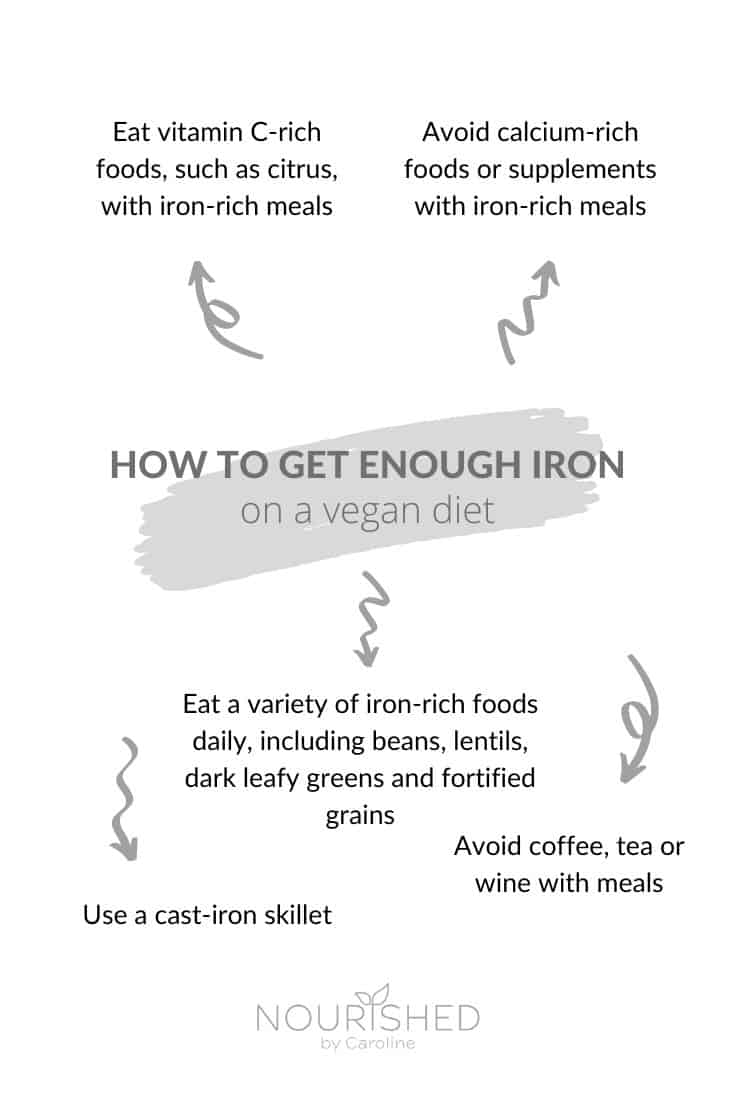
Looking for dietitian support? Book a free 15-minute discovery call or an appointment with me here.
This information is intended for educational purposes only and is not meant to replace individualized nutrition or medical advice.


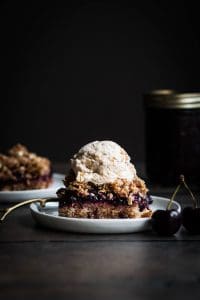

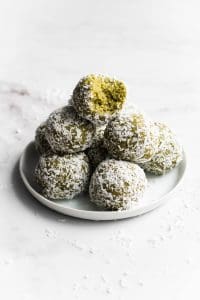


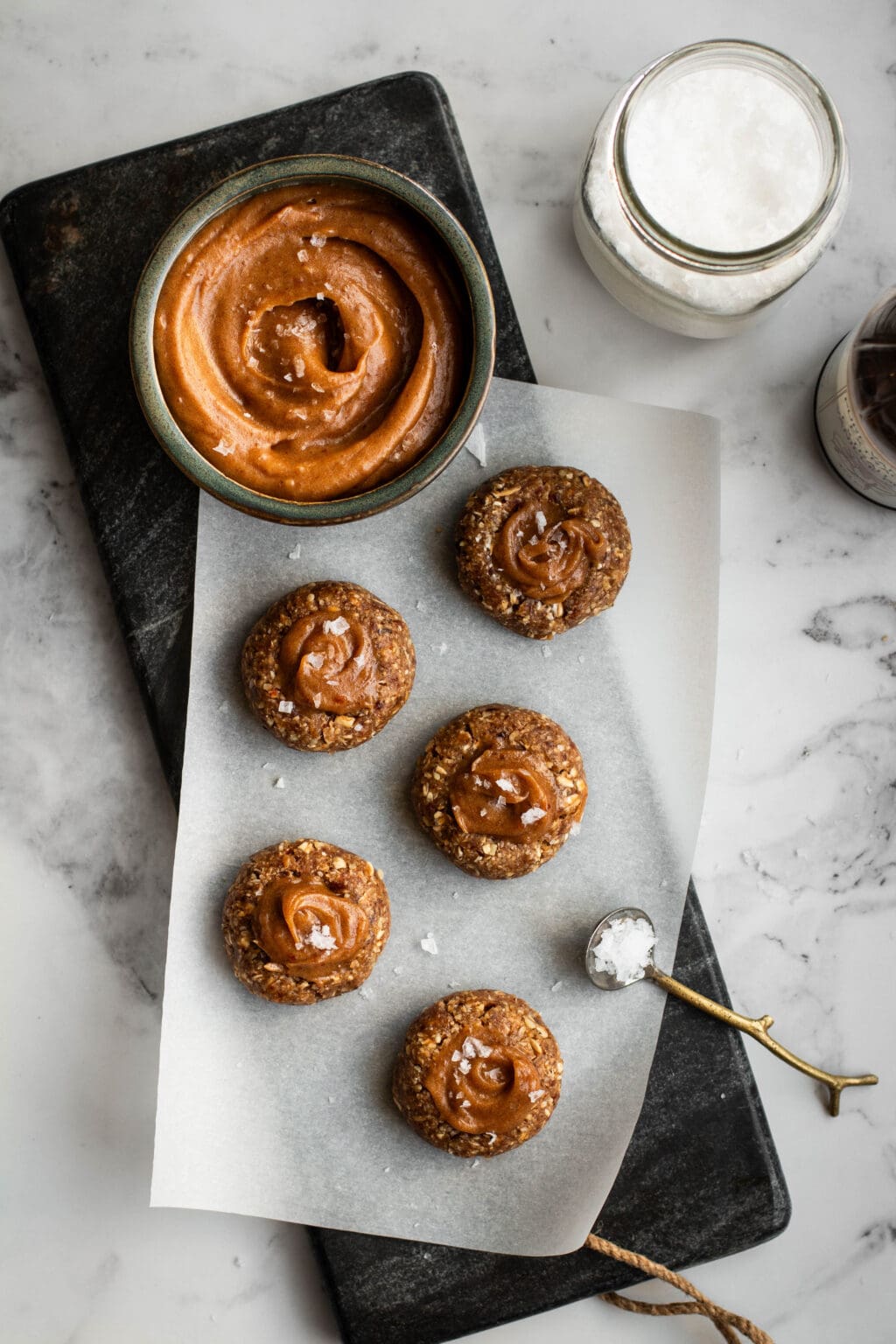
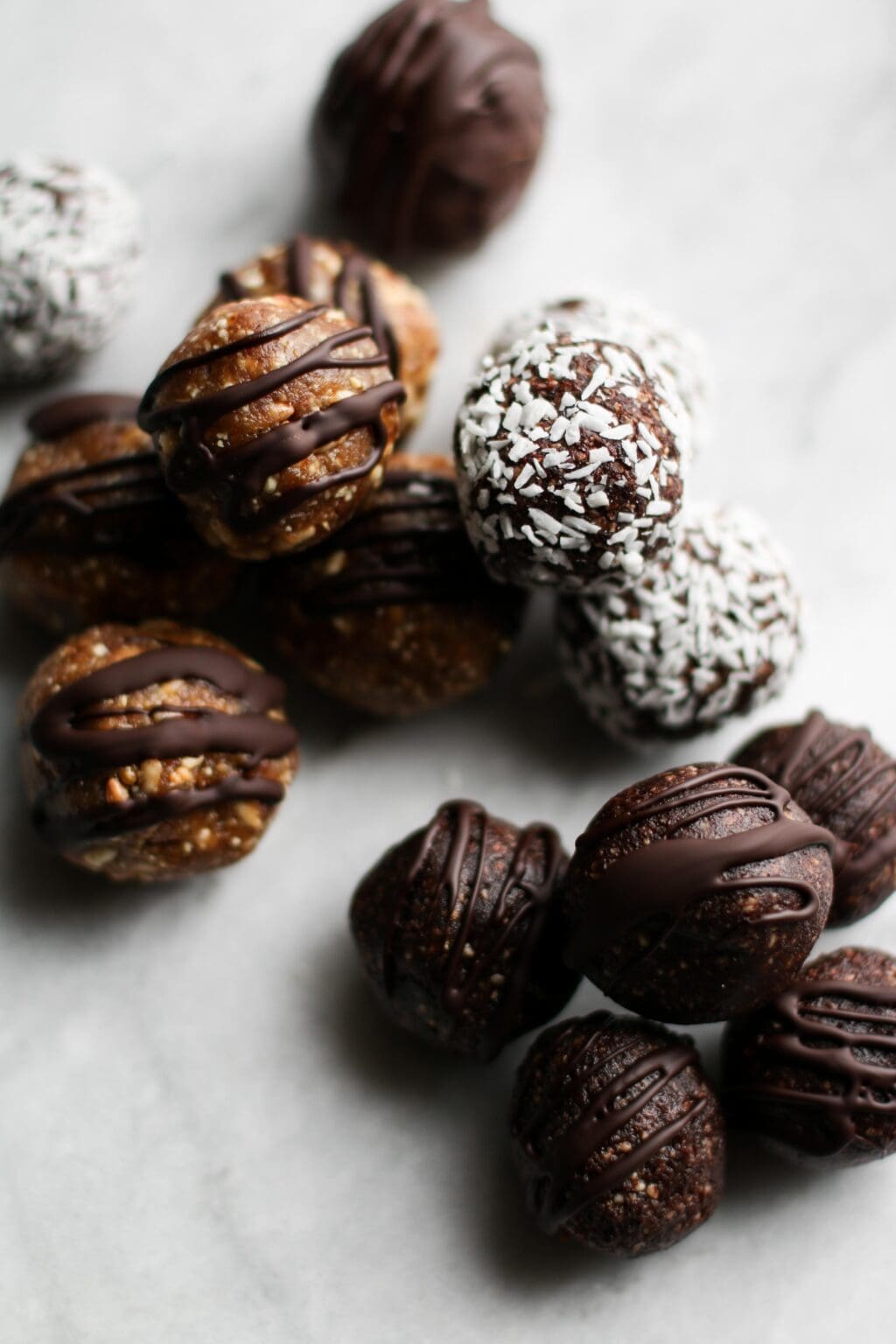
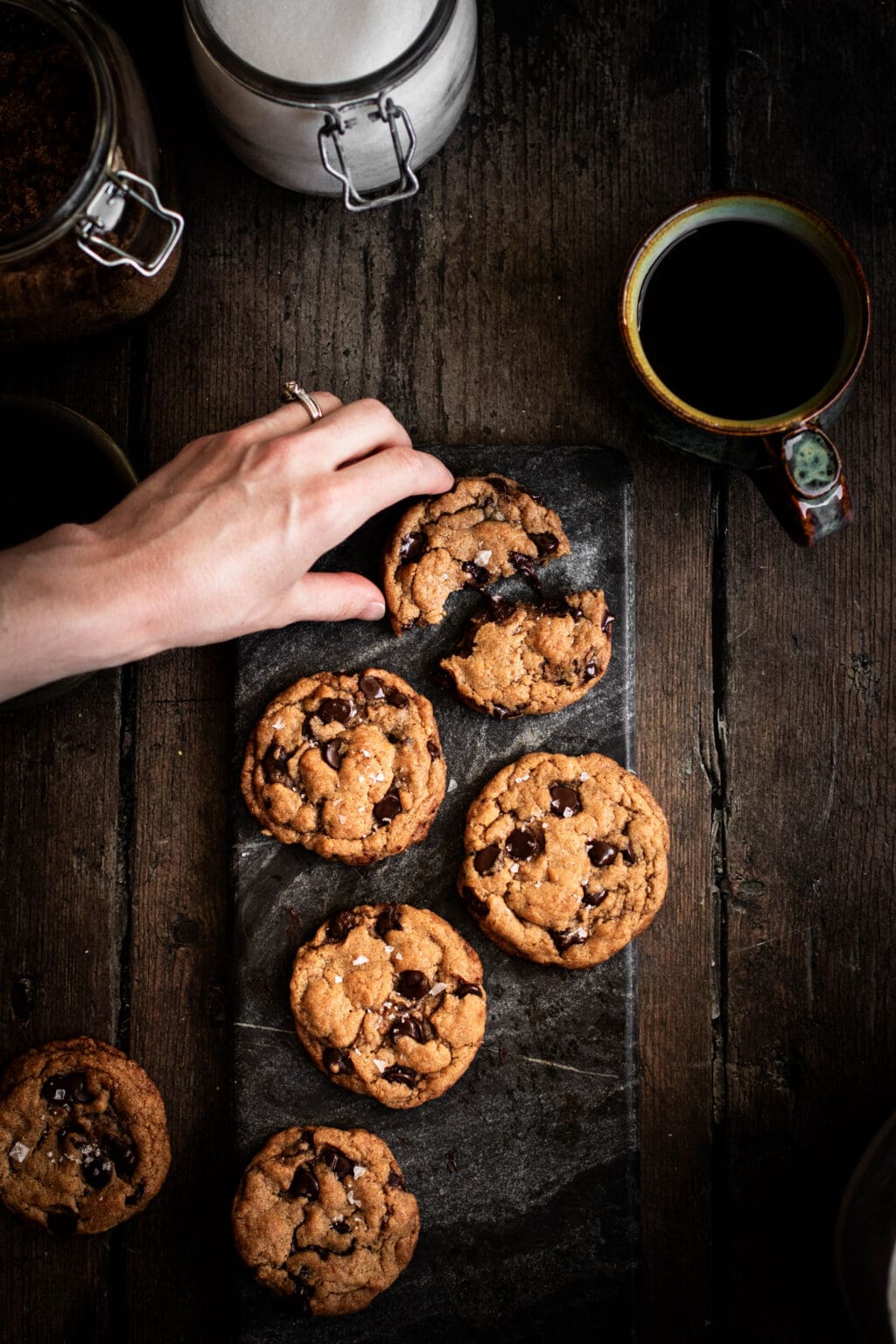
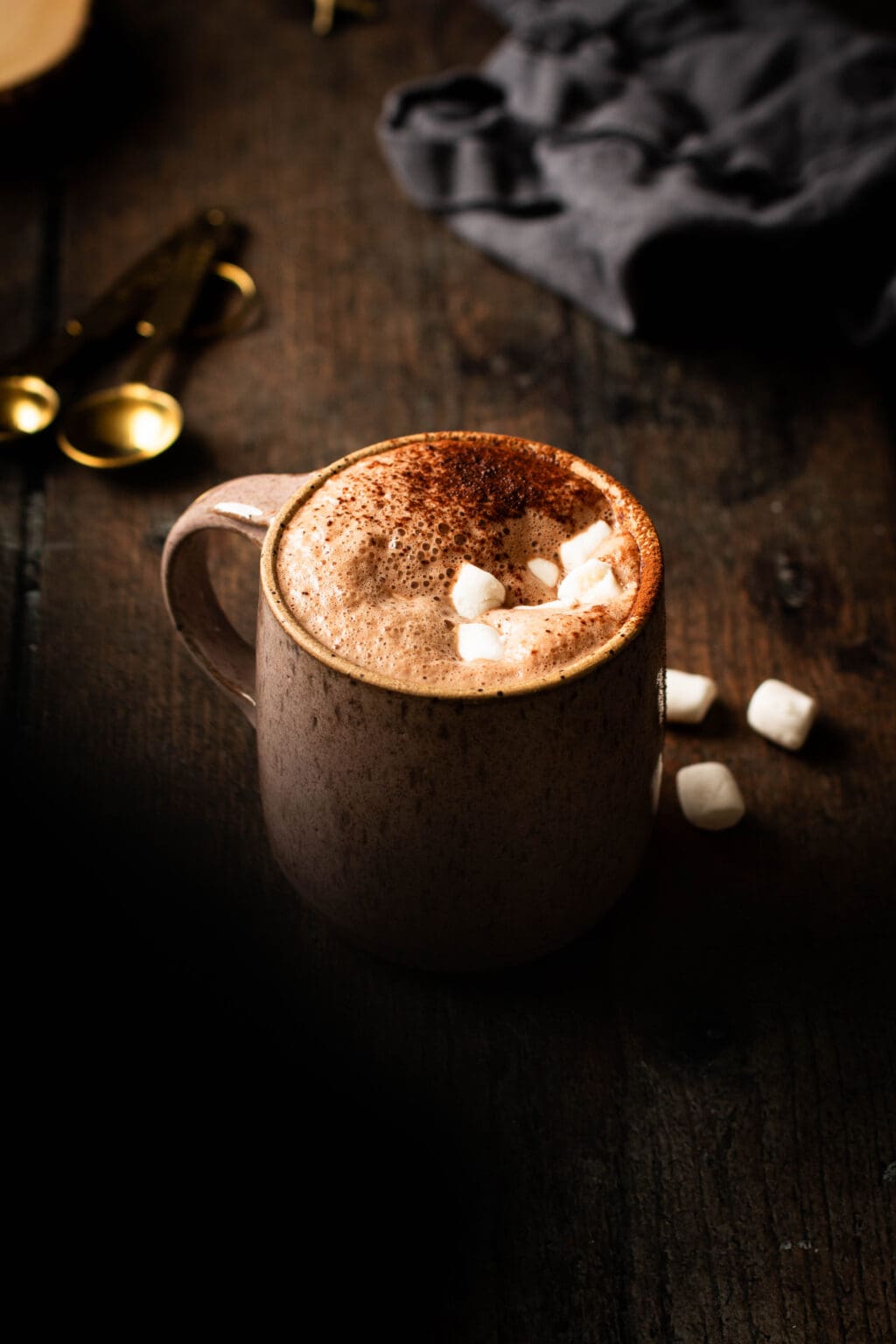
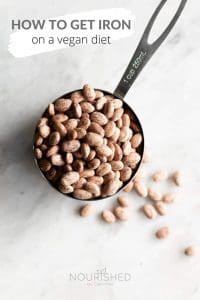
Leave a Reply